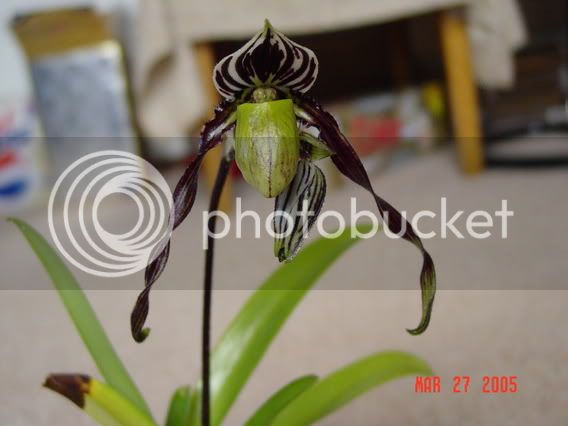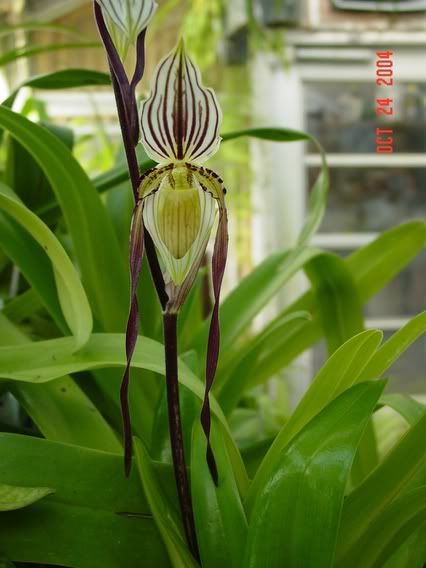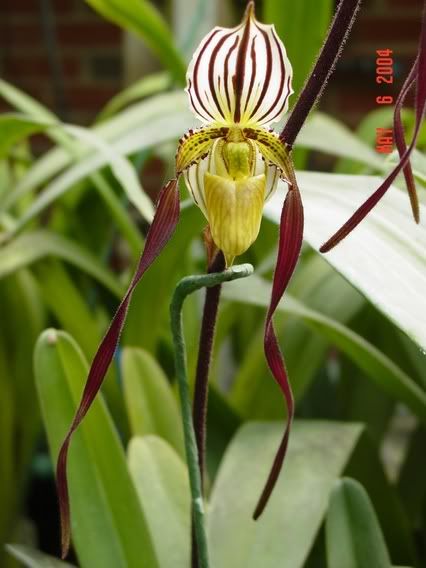- Joined
- Jun 6, 2006
- Messages
- 10,765
- Reaction score
- 193
Yes, I'm opening that can of worms tonight, and I'll tell you why.
I cannot make up my mind. Just when I think I am a lumper for taxonomical reasons, someone says something like this:
Which makes me totally agree with the idea of being a splitter. When you take something like philippinense and it's varieties, and cross them, there's no telling what you end up with. Same with John's example of besseae. Now that dalessandroi is recognized as a species in its' own right, we have a hybrid named Jersey, but because that was not done from the outset, we've also got all of these "bastard" species floating around which aren't besseae, and aren't dalessandroi, may be Jersey but who the hell really knows, and yet because there was no real distinction made at the time of breeding we cannot really say for sure what we've got, and we have to go around counting horns on staminodes and such nonsense. If they'd just split them off in the first place, things would be a lot clearer.
Now, I realize that geographic distribution and forms that show up singly in a colony of others are just flukes, and not necessarily taxonomically different enough to warrant species status, but some of these plants that are now being broken out and given species status, well, I think we'd have avoided a lot of mess if we'd just started with calling it a species in the first place.
So, someone talk me down from my precipitous cliff of becoming a splitter. I'm teetering here!
I cannot make up my mind. Just when I think I am a lumper for taxonomical reasons, someone says something like this:
John said:Man generally makes a total mess of the stewardship of orchid species. "Let's just cross besseae and dalessandroi, and the peruvian and ecuadorian forms of besseae into each other until we have some bastard seed that we call a true species." It's already been done. How many other species have we "muddied" so far? Paph philippinense is well on it's way.
Which makes me totally agree with the idea of being a splitter. When you take something like philippinense and it's varieties, and cross them, there's no telling what you end up with. Same with John's example of besseae. Now that dalessandroi is recognized as a species in its' own right, we have a hybrid named Jersey, but because that was not done from the outset, we've also got all of these "bastard" species floating around which aren't besseae, and aren't dalessandroi, may be Jersey but who the hell really knows, and yet because there was no real distinction made at the time of breeding we cannot really say for sure what we've got, and we have to go around counting horns on staminodes and such nonsense. If they'd just split them off in the first place, things would be a lot clearer.
Now, I realize that geographic distribution and forms that show up singly in a colony of others are just flukes, and not necessarily taxonomically different enough to warrant species status, but some of these plants that are now being broken out and given species status, well, I think we'd have avoided a lot of mess if we'd just started with calling it a species in the first place.
So, someone talk me down from my precipitous cliff of becoming a splitter. I'm teetering here!






